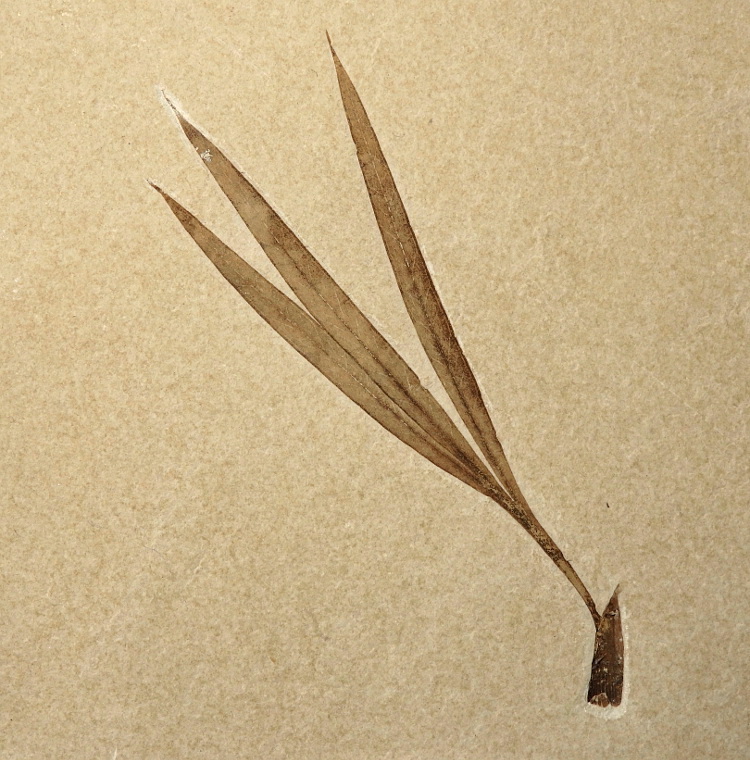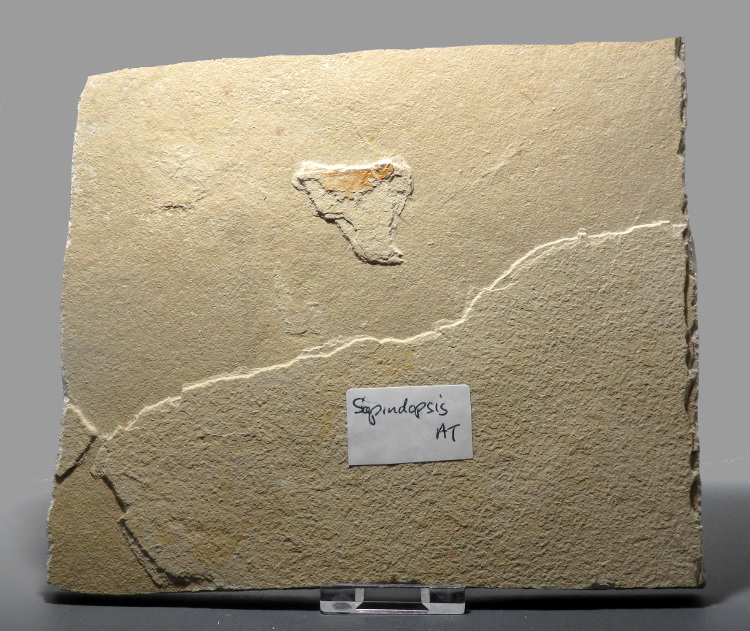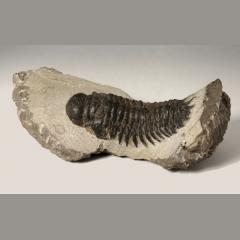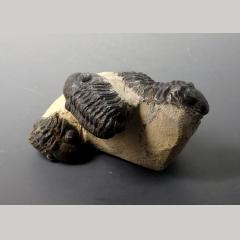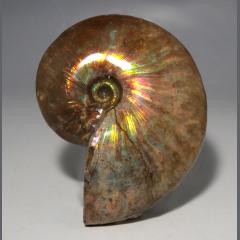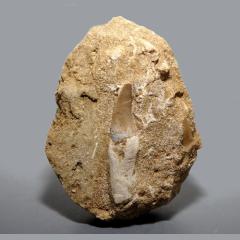- You cannot add "Fossil Insect Inclusions In Copal Amber" to the basket because the product is out of stock.
Sapindopsis Anhouryi Fossil Plant From Lebanese Lagerstatte
Item Description
C. Middle Cretaceous, Middle Cenomanian Stage – 93 million years old
Order to which the fossil belongs: Sapindales; Sapindaceae
The sublithographic limestone of the Cretaceous of Lebanon is known for its well-preserved fish and crustaceans. This is a nice example of the Sapindaeceae (Soapberry Tree) known as the Sapindopsis. Sapindus, the modern-day genus, was first seen in the Eocene of North America. Its fruits contain saponin, which is a substance that has been used as a soap substitute. As there are few plants preserved in the Cretaceous marine deposits of Lebanon, which this makes it a most uncommon fossil, as most are marine algae.
A nice example a preserved Sapindopsis. Stand included.
Size of Sapindopsis: L: 118mm
Matrix: L: 188mm x W: 164mm x D: 9mm
£250.00
No Longer Available

